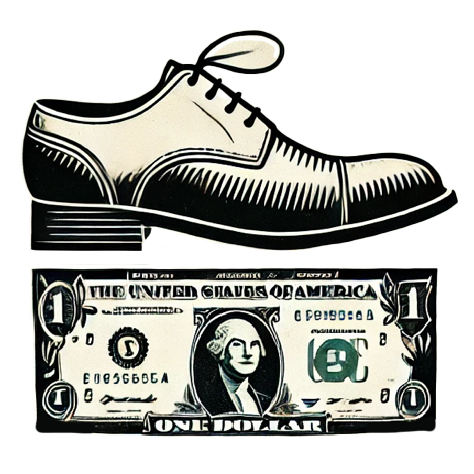When it comes to sportswear, Adidas has long been a major player, revered not just for its iconic logo but also for its association with performance and lifestyle. However, the coherence of this brand image is now being tested by rising tariffs imposed by the Trump administration. As the company recently revealed, there’s a growing concern that these tariffs will lead to inevitable price hikes on their products in the U.S. market. While Adidas remains vague on the specifics, the reality is that any increase in production costs directly affects consumers. For a brand fundamentally rooted in performance and quality, the last thing Adidas wants is for its loyal customer base to start questioning value for money.
The concern is valid; when consumers encounter a steep increase in price, it often leads to a reevaluation of brand loyalty. Are those Superstar sneakers truly worth the extra dollars? A price hike could deter both the loyal fan and newcomer alike, particularly when cheaper alternatives are increasingly available.
Disrupting the Supply Chain
The situation is further complicated by the volatility of the global trade environment. Adidas has acknowledged its “somewhat exposed” status to tariffs, especially those directed at Chinese imports. Since long before the trade wars escalated, the company has been outsourcing production to various countries such as Vietnam and Cambodia. Yet with tariffs on exports from these regions hitting upwards of 40%, Adidas is forced into a corner. The company’s inability to produce goods domestically is now painfully clear. A brand that once prided itself on maneuverability could find itself stagnant if it doesn’t find alternative manufacturing solutions quickly.
The implications here extend beyond just Adidas. Nearly all retail businesses operating in the U.S. find themselves navigating a maze of tariffs. This reality highlights a disconcerting trend in consumer goods: whether you’re purchasing high-end luxury or budget-friendly fashion, the tariff pressure threatens to genericize product attractiveness.
Corporate Outlook Shade
In the face of such uncertainty, it’s no surprise that Adidas has refrained from providing a targeted financial outlook. The company previously hinted at robust revenue and profit forecasts but has instead maintained a grim acceptance of inflated operational costs. Given that they are frustrated by the situation, it raises the question of whether Adidas can maintain its competitive edge without the necessary profit margins that sustain innovation and marketing. One would assume that a company with a strong order book and positive brand perception might leverage these circumstances to enhance growth—yet, the specter of tariffs dims the optimistic horizon they once envisioned.
Adidas’ recent earnings report illustrates a stark juxtaposition. Profits surged impressively, but there’s an underlying tension: a boom is quickly overshadowed by the threat of external market conditions. Even high-performing categories like footwear and lifestyle clothing could soon be at risk. If given no breathing room to grow, the company may continue facing serious repercussions in consumer demand over the long haul.
Exit the Ye Phase
Compounding the turmoil is the legacy of Adidas’ past collaborations. Regaining lost trust and navigating the fallout from pricy alliances—such as its partnership with the now-infamous Ye—has been taxing on the brand’s image. With the infamous Yeezy line finally off the shelves, Adidas is effectively ending a chapter marked by controversy and instability. However, the company must now pivot strategically to ensure that the focus remains on its core offerings. The question remains: is the timing of end-of-Yeezy freedom coinciding with tariff headaches simply disastrous luck?
Moreover, while Adidas enjoys the grace of a positive overall sales trend post-Yeezy, one has to wonder whether consumers are buying into the brand for its long-standing reputation or if lack of alternatives is keeping sales afloat.
In a landscape of precarious tariffs and evolving consumer perspectives, Adidas stands at a crossroads. Should it adapt swiftly to these economic realities and pivot towards domestic production, or will it stubbornly cling to its existing strategies, potentially dragging into uncertainty? As a center-right thinker, I argue the former is crucial; innovation and flexibility are no longer optional hobbies in an age marked by instantaneous change.

